Smriti Mandhana and Shafali Verma redefine history: Achieve what never was done in Indian cricket before
The Indian women’s top order has been reimagined this year, and at the centre of that reinvention are Smriti Mandhana and Shafali Verma. Together they have not only produced eye-catching innings but also rewritten records — setting new benchmarks for India and for women’s international cricket. This article explains exactly what they achieved, why it matters, and what it could mean for India’s white-ball game going forward.
The milestone — what Mandhana and Shafali accomplished
In the recent ICC Women’s World Cup campaign, Smriti Mandhana finished as India’s highest run-scorer in a single edition, accumulating 434 runs and surpassing Mithali Raj’s previous mark of 409 from 2017. That tally underlines Mandhana’s consistent run-making through the tournament.
Alongside Mandhana’s individual feat, the opening pair of Mandhana and Shafali Verma also completed a landmark of their own: they now hold the record for the most 50-plus stands in Women’s T20 Internationals, registering their 21st half-century partnership earlier in 2025. Their understanding at the crease has been a defining theme for India’s top order this year.
Why these records are significant for Indian cricket
Records are more than numbers; they signal progress in depth, skill and temperament. Smriti’s run tally shows a player converting form into long innings across varied conditions. Shafali Verma brings the counterpoint — explosive intent and the ability to seize momentum early. Together they offer balance: Mandhana’s strokeplay and patience complement Shafali’s pace-of-scoring and fearlessness.
This combination has helped India post aggressive powerplay totals in important matches — including the World Cup final, where the duo produced India’s highest powerplay total of the tournament, giving the middle order a platform to build on. That kind of start is crucial in modern limited-overs cricket.
The partnership numbers — consistency and quantity
Beyond headline stats, the partnership metrics reveal reliability. Mandhana and Shafali Verma have racked up multiple century stands and a long list of 50-plus partnerships across formats. Reports note several century partnerships this year and that they joined the select group of Indian opening pairs who have crossed 1,000 partnership runs together — a sign of sustained collaboration rather than isolated moments.
Consistency at the top reduces pressure on the middle order and forces opposing teams to rethink early bowling strategies. When both openers score freely, it reshapes how captains deploy their strike bowlers and manage fields, and that strategic ripple effect helps the whole batting lineup.
How Shafali Verma’s style complements Mandhana
Shafali Verma is built to put bowlers on the back foot from ball one. Her aggressive, wristy approach creates immediate scoring pressure, which can loosen fields and free up lanes for her opening partner. Smriti Mandhana, meanwhile, applies classical timing and rotation of strike, often converting a brisk start into a long innings.
That contrast — Shafali’s intent, Mandhana’s structure — reduces the chance both batters fail simultaneously. It also makes India less one-dimensional: bowlers must choose between attacking the power (risking boundaries) or containing the strokeplay (risking singles and rotating strike). This two-pronged threat has been central to their success.
Impact on India’s white-ball approach and selection
The rise of this opening pair has practical consequences. Selectors and coaches now have proof that an aggressive yet stable opening combination can flourish across conditions. That affects team composition — encouraging the inclusion of attacking players in the middle order and giving confidence to the bowling unit to defend bigger totals.
WPL (Women’s Premier League) exposure has been credited with sharpening both players’ skills and match awareness. The tournament’s higher-intensity environment has translated into international maturity, particularly for Shafali Verma, whose game awareness and shot selection have visibly evolved.
What the records mean for young cricketers
For aspiring cricketers, the Mandhana–Shafali story is instructive. It shows two pathways to success: technical excellence and audacious intent. Young batters can no longer assume there’s a single “right” opening template. The duo’s partnership encourages adaptability — the ability to play both roles when required and to read match situations intelligently.
Cricket academies and coaches may now emphasize pairing complementary skill sets at the top, rather than cloning a single archetype. That shift could produce more varied top-order talents from India in future years.
The next steps — expectations and challenges
Records raise expectations. Opponents will now plan specifically for Mandhana and Shafali Verma, probing weaknesses and targeting early overs. The challenge for the duo and India’s coaching staff is to innovate continually: vary strike rotation, mix in premeditated aggression, and sharpen running between wickets.
Injury management and workload are practical concerns too; both players will face heavy schedules across international cricket and franchise leagues. Managing fitness without interrupting rhythm will be key to sustaining peak performance.
A legacy in the making
Smriti Mandhana’s World Cup run-scoring and the opening synergy with Shafali Verma are more than momentary flashes. They mark a chapter where India’s top order reasserted itself on the world stage, blending flair with consistency. As both players evolve, their partnership can become a blueprint for India — and a compelling storyline for women’s cricket globally.
Conclusion — why fans should be excited
Cricket thrives on partnerships, and the Mandhana–Shafali partnership is delivering results and records. Smriti Mandhana’s tournament tally and Shafali Verma’s aggressive spark together create a balanced opening punch that challenges bowling attacks and energizes team dynamics. For fans, selectors and young players, this duo offers both immediate entertainment and a promising long-term foundation for India’s white-ball ambitions.
If they keep evolving, India may not only win more matches — they could influence how opening cricket is conceptualized in the women’s game worldwide. That is the real significance of what they’ve achieved: it’s not just a record, it’s a potential shift in cricketing philosophy.
Also Read: Ayesha Khan’s Net Worth Revealed!





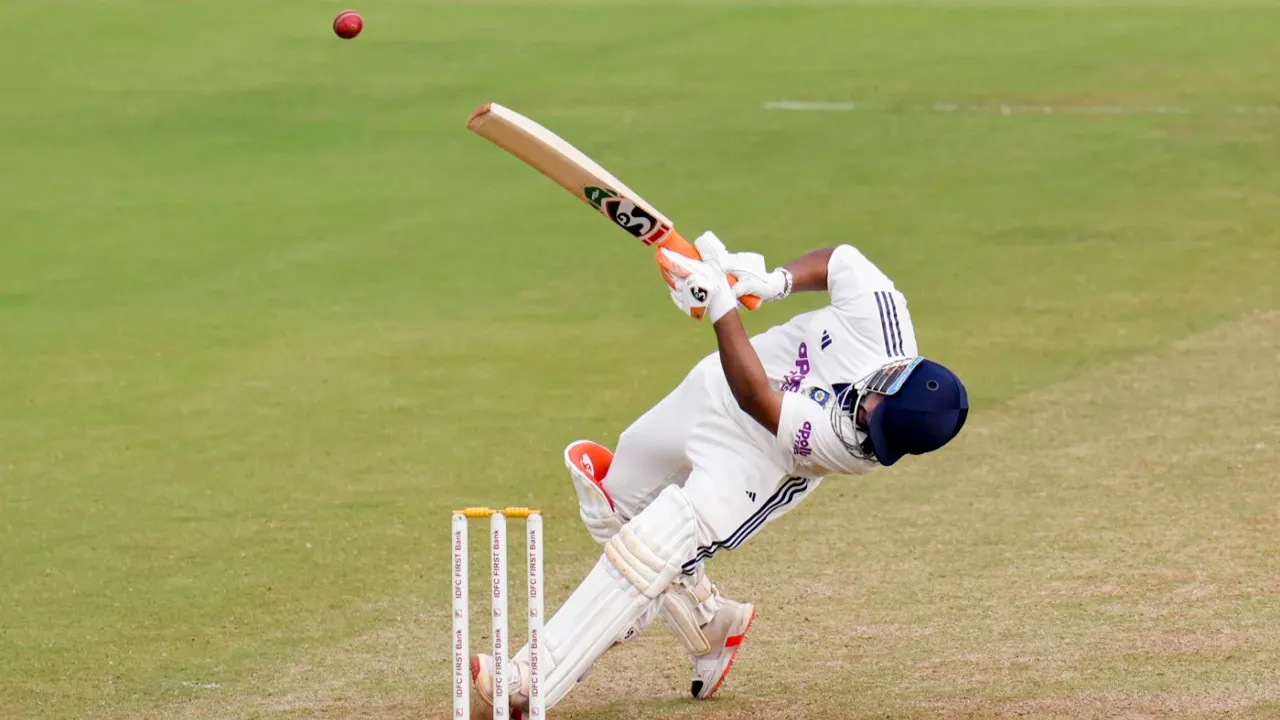
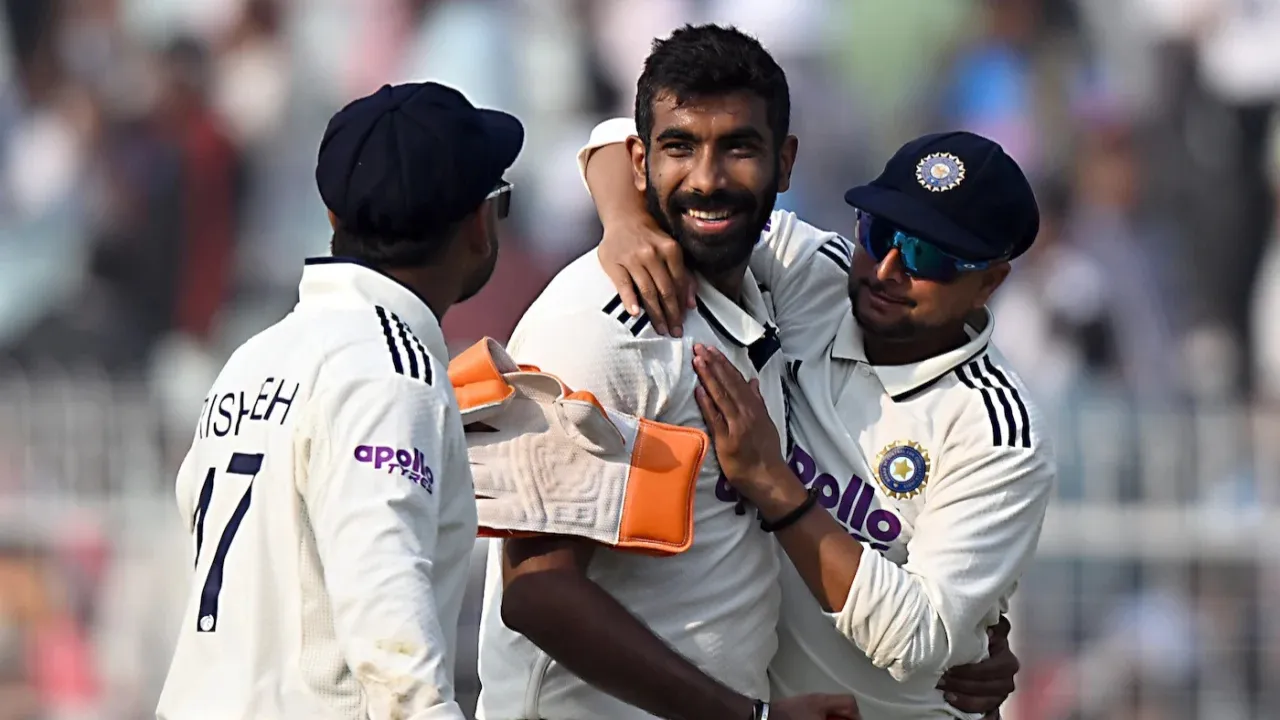








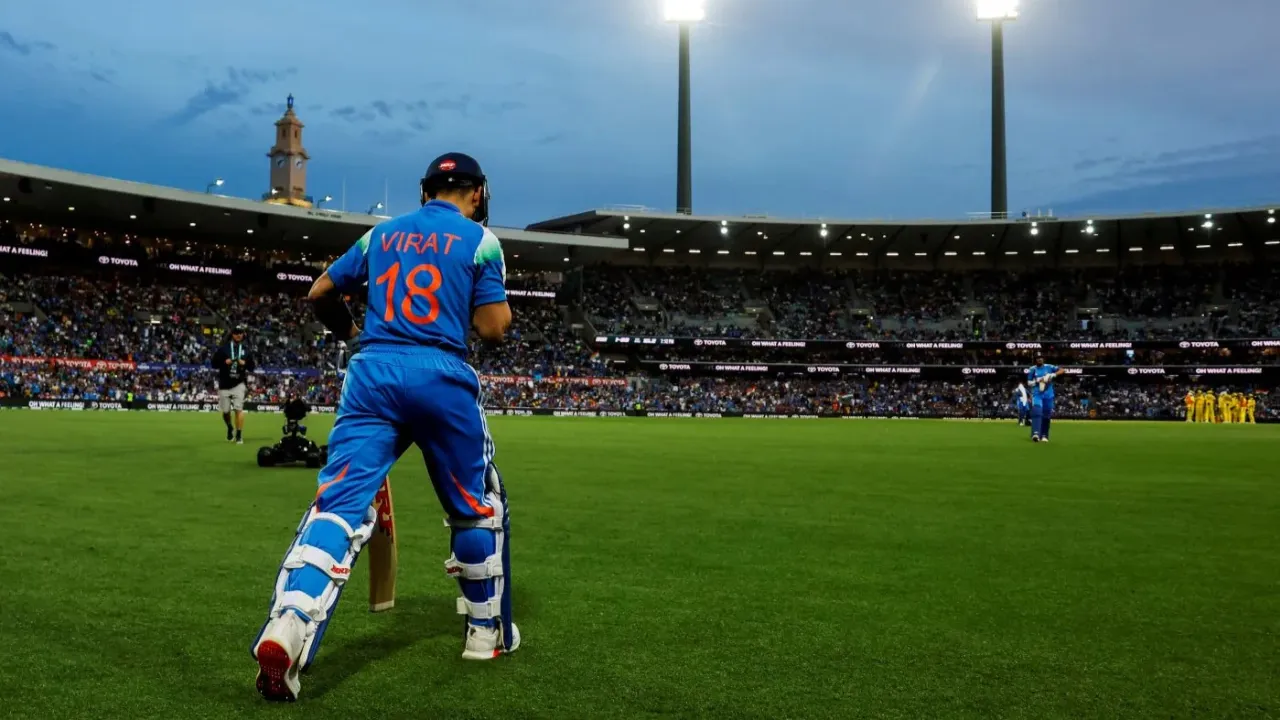
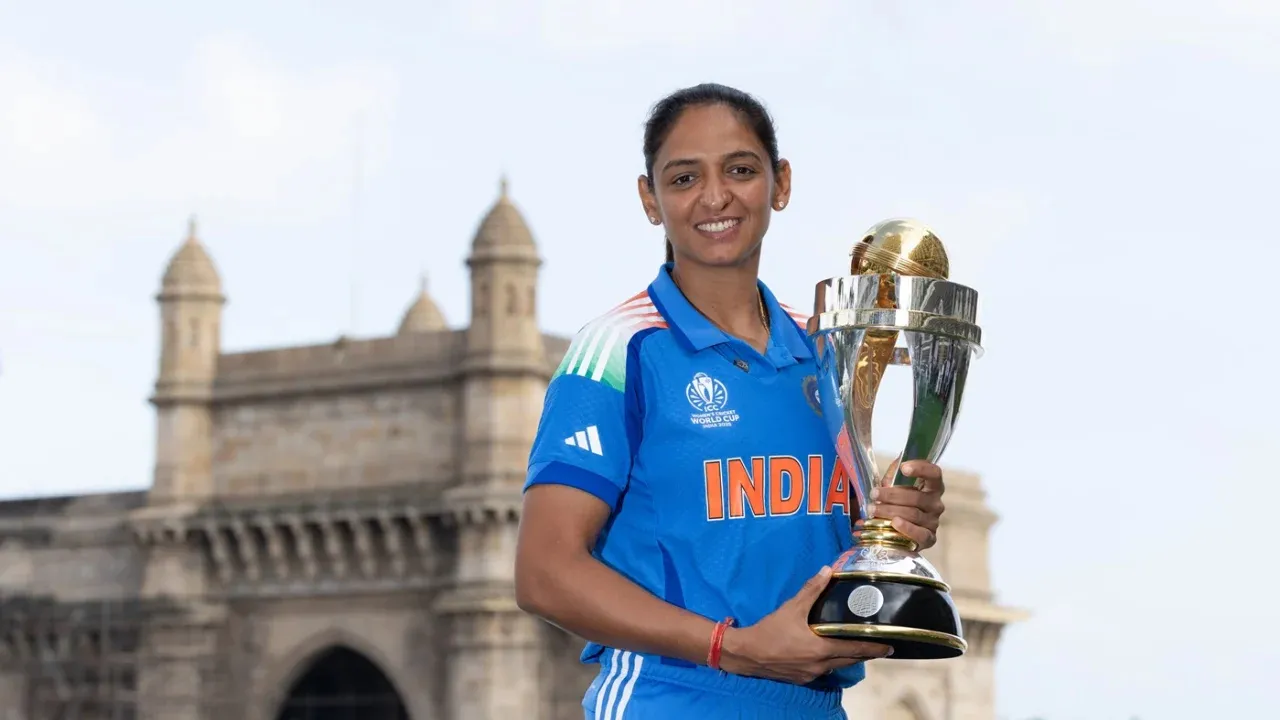
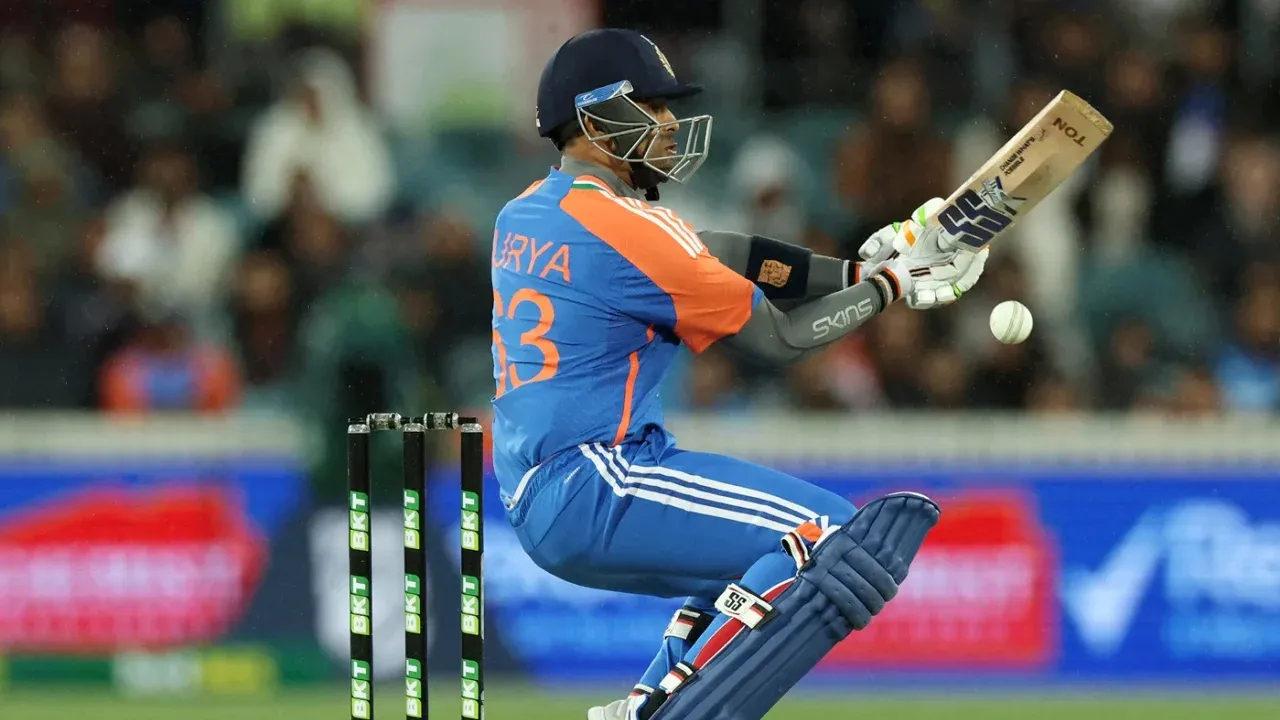
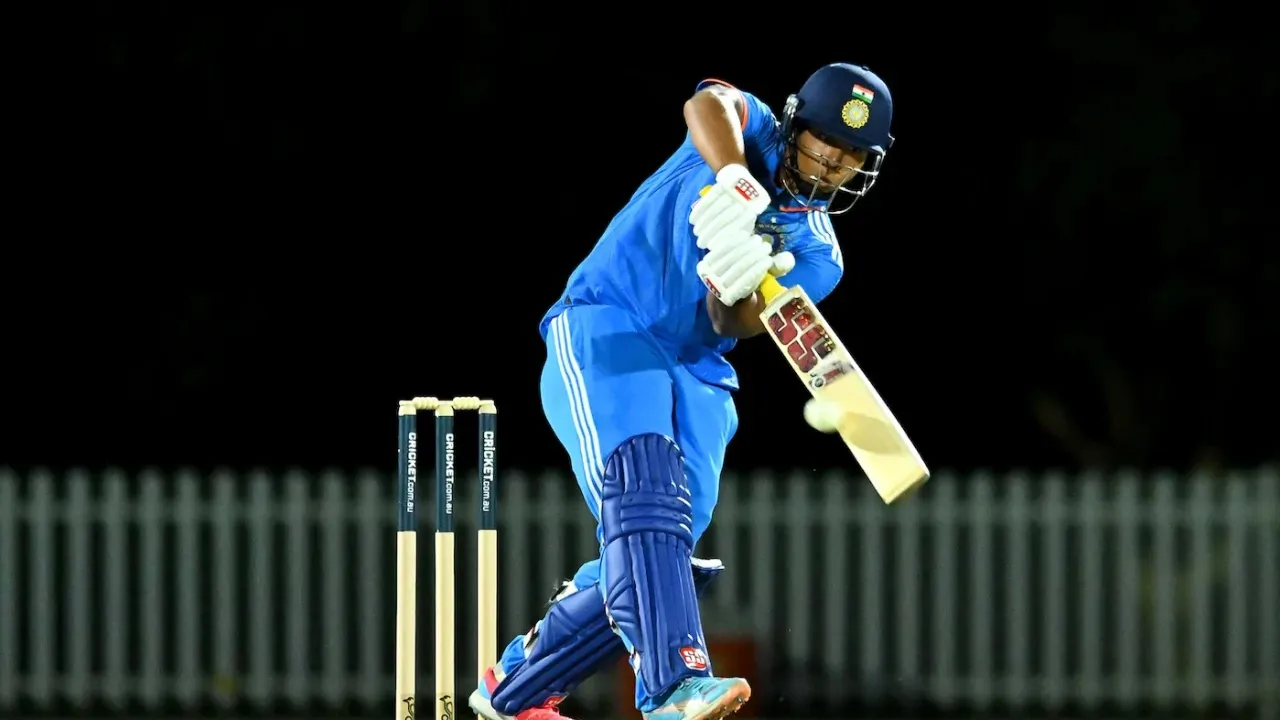
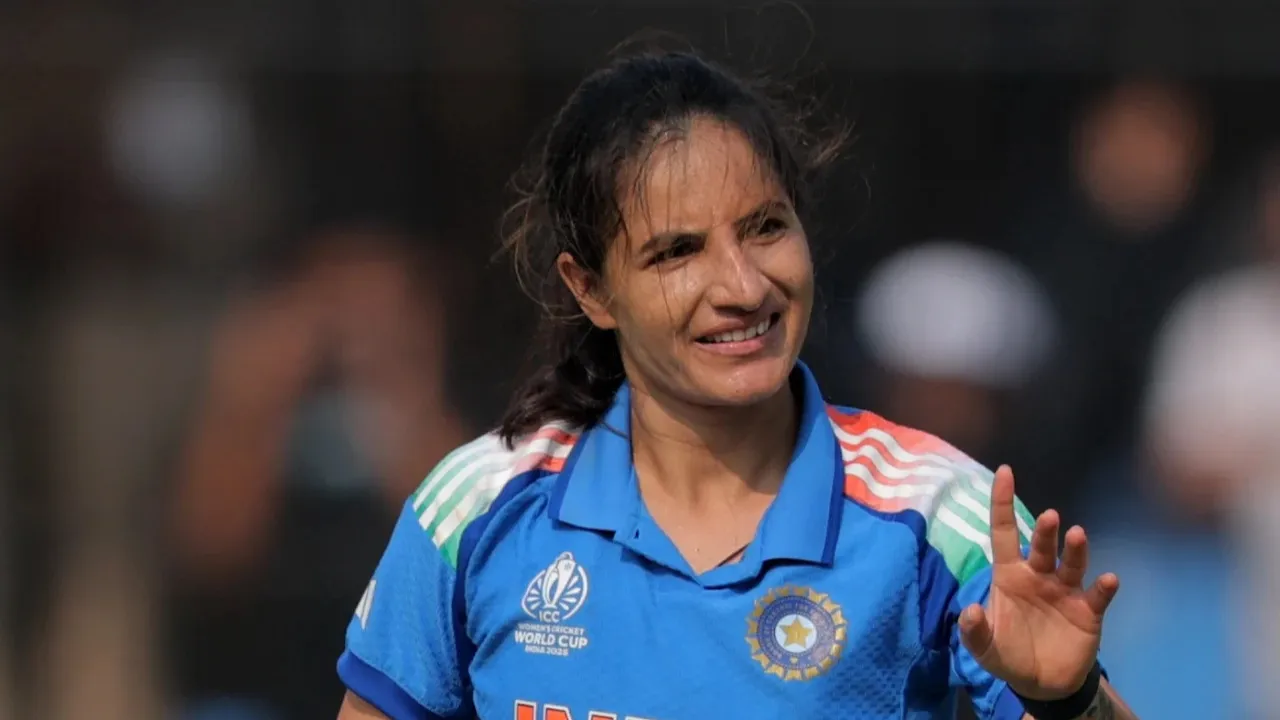
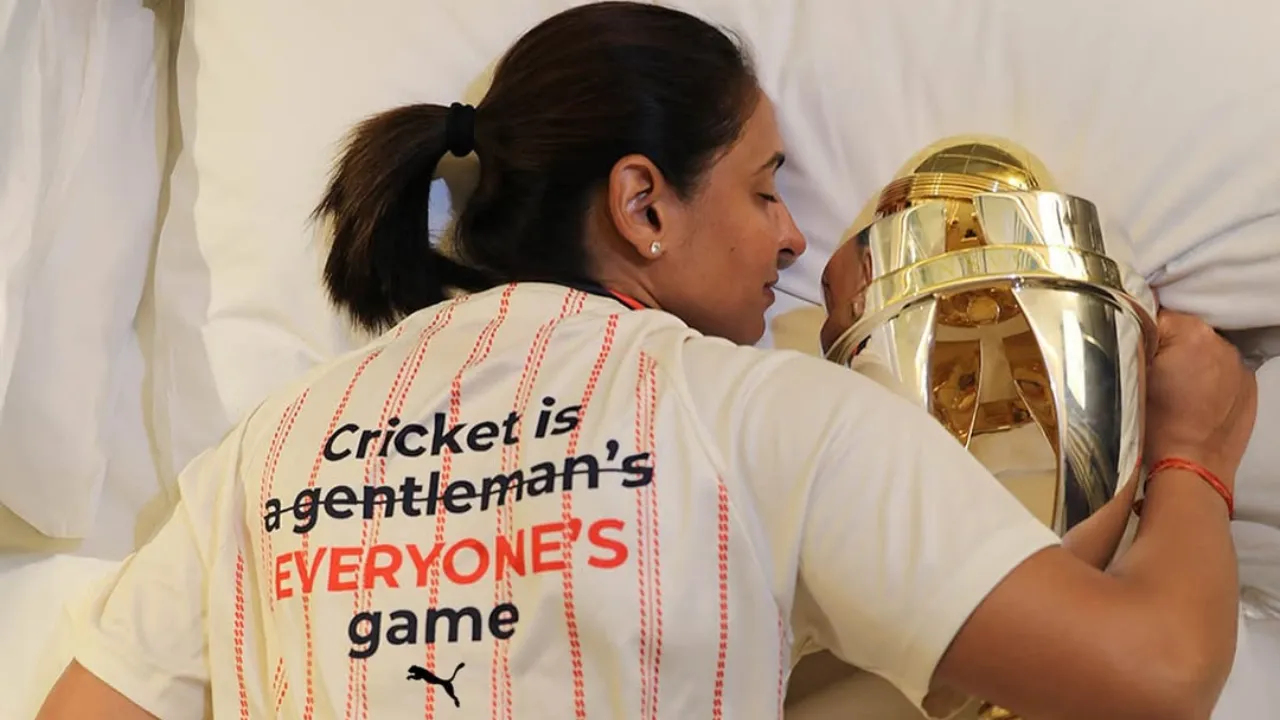
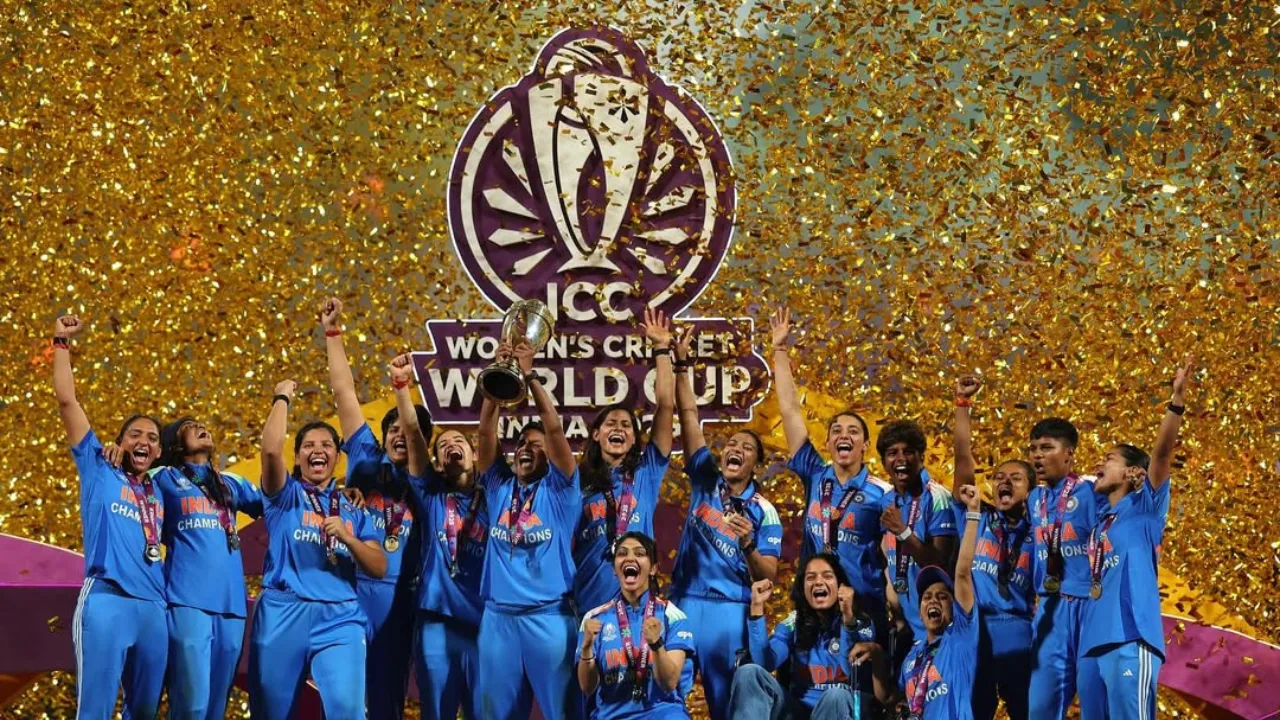
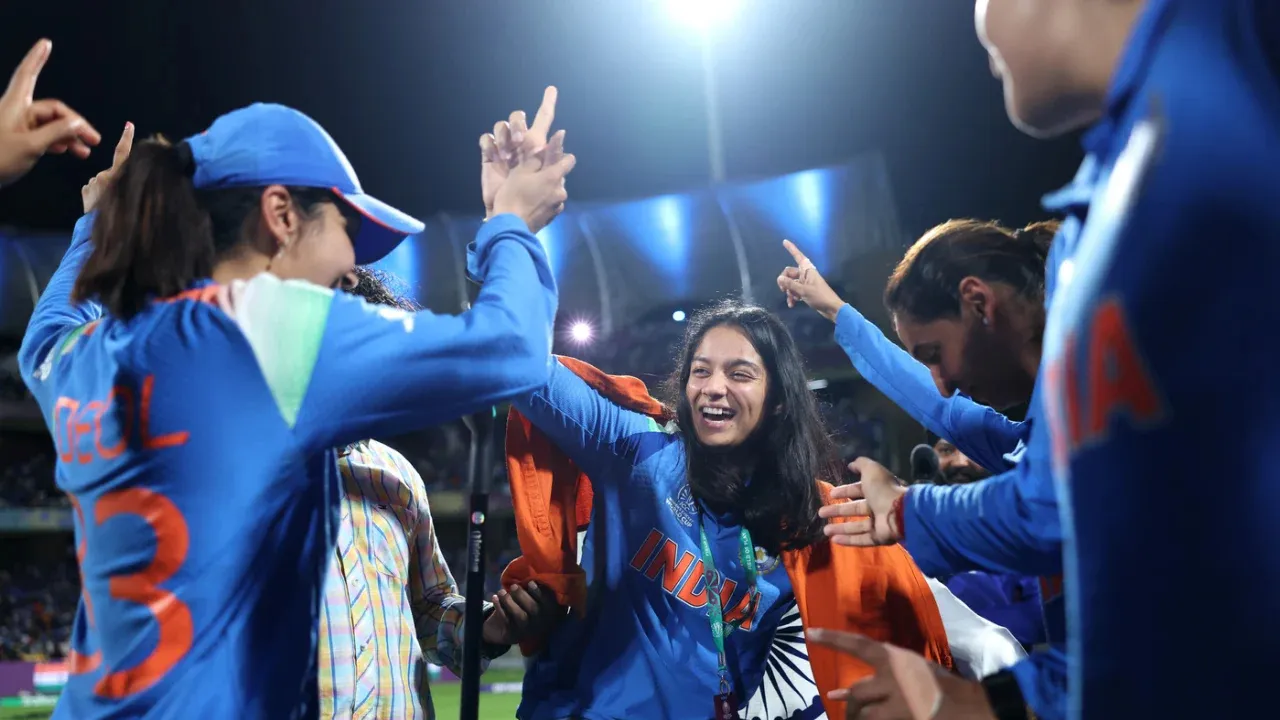
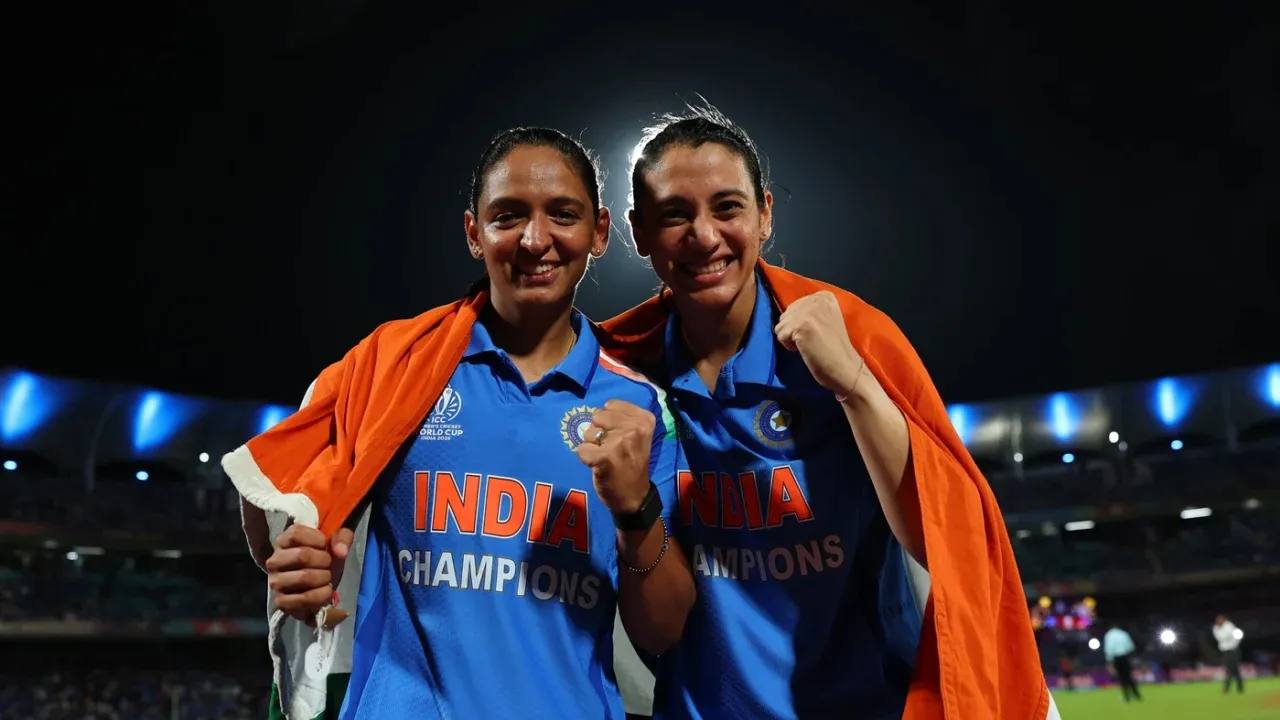
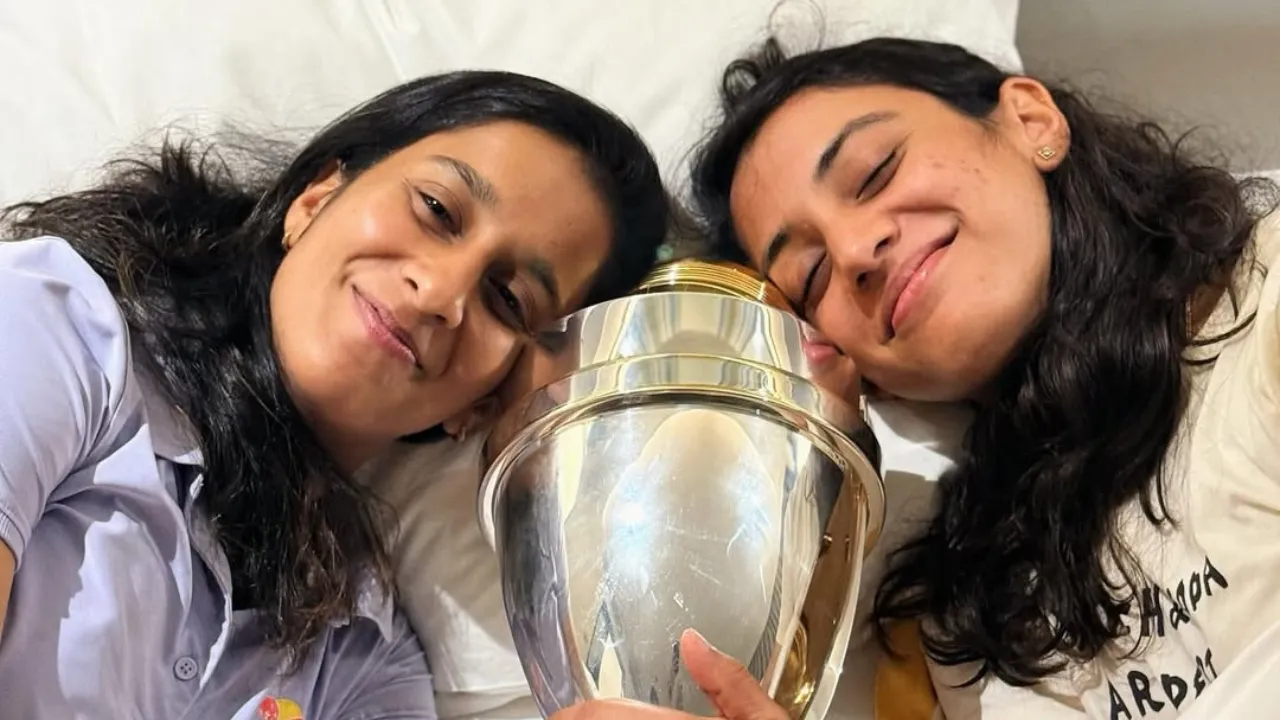

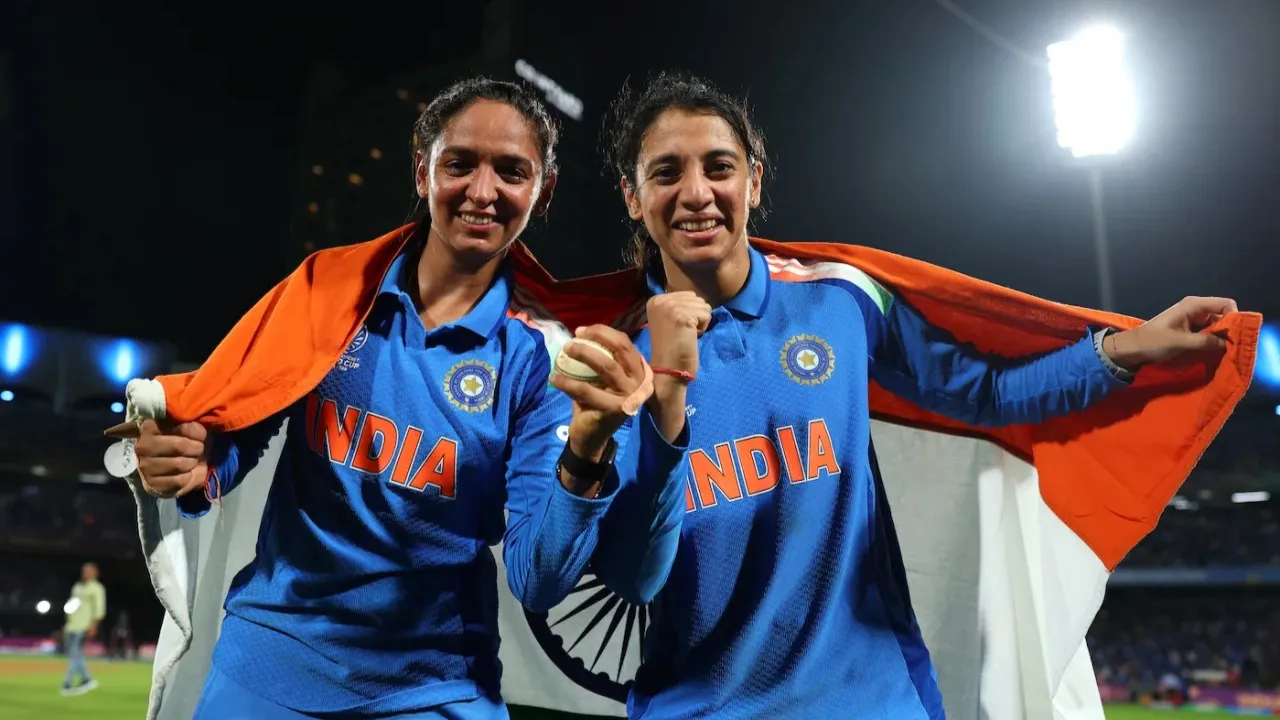
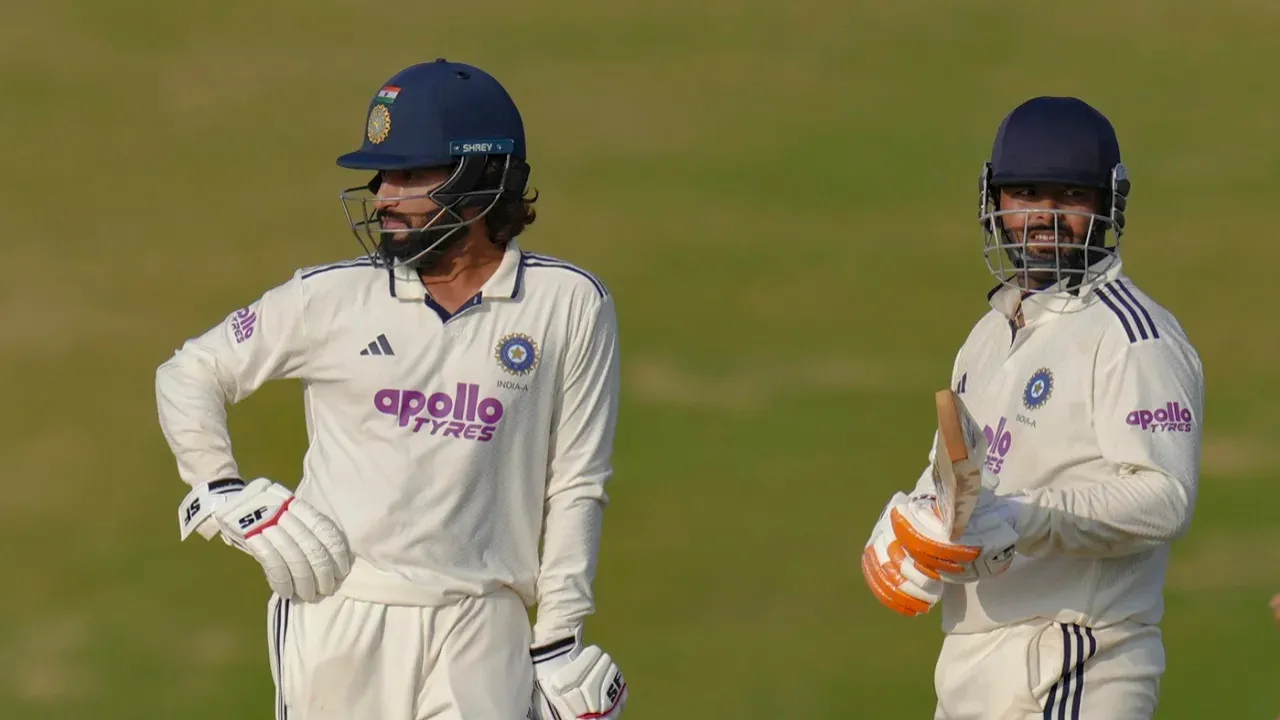
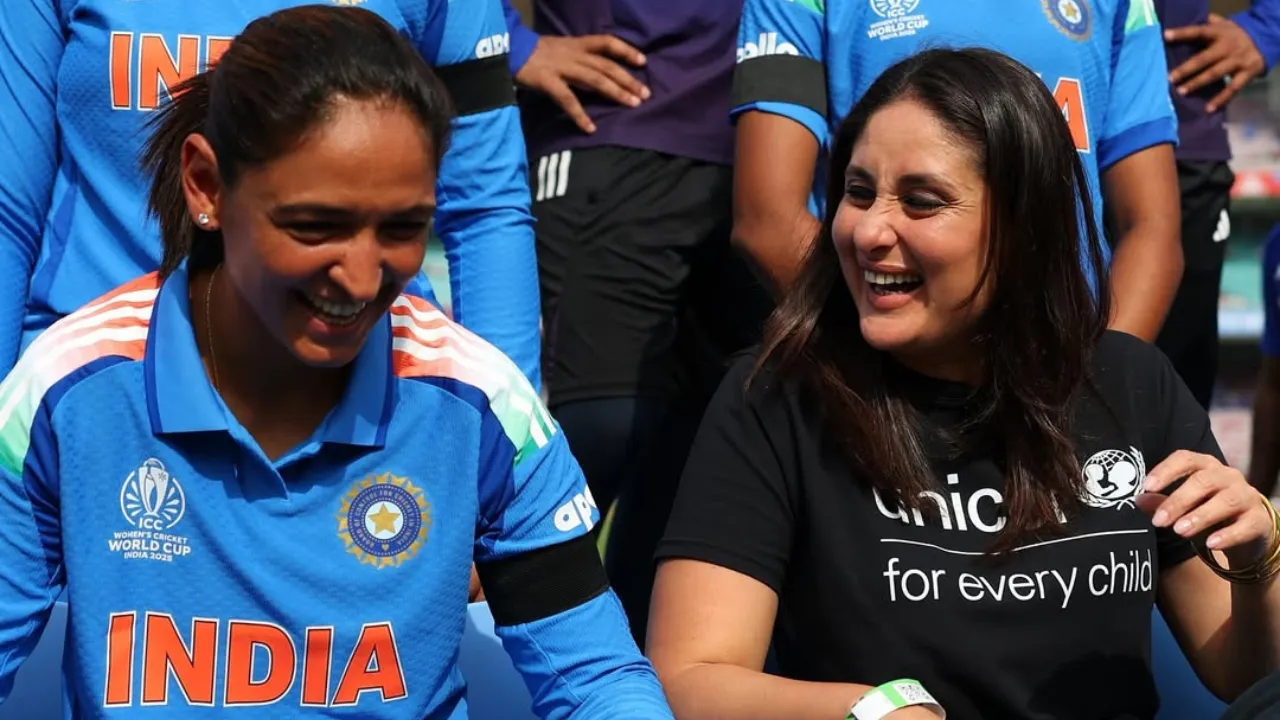
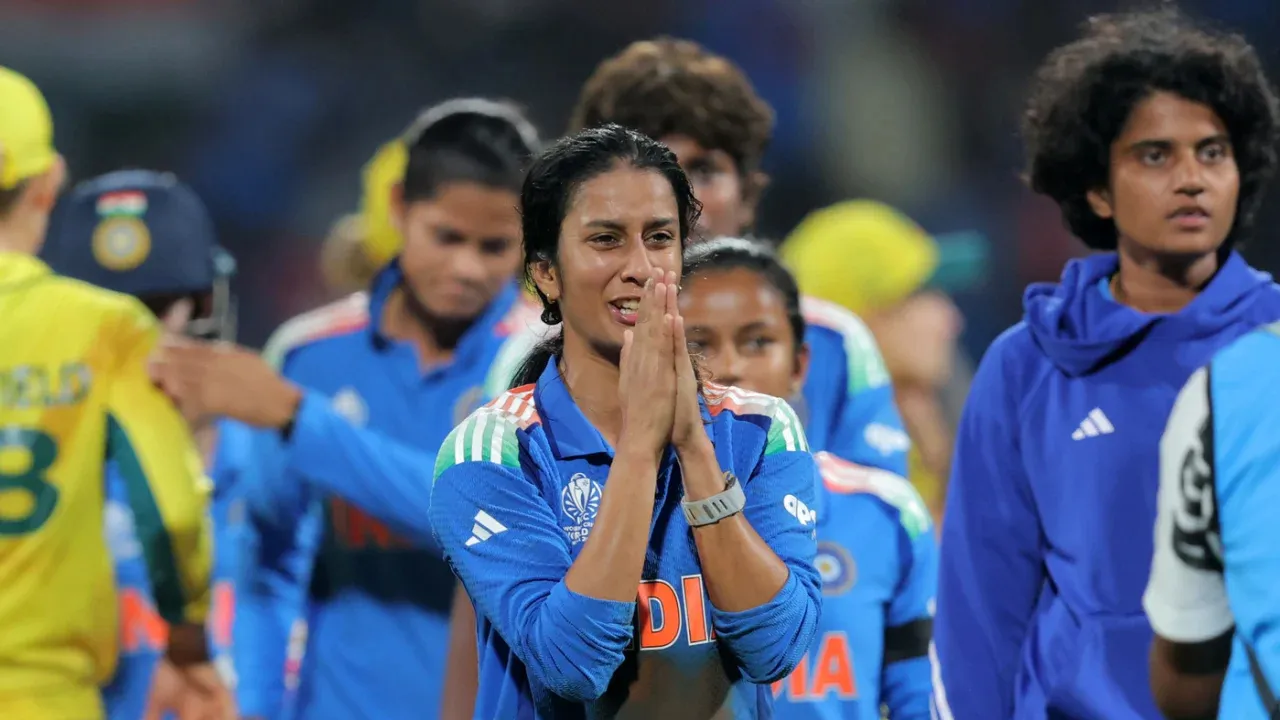
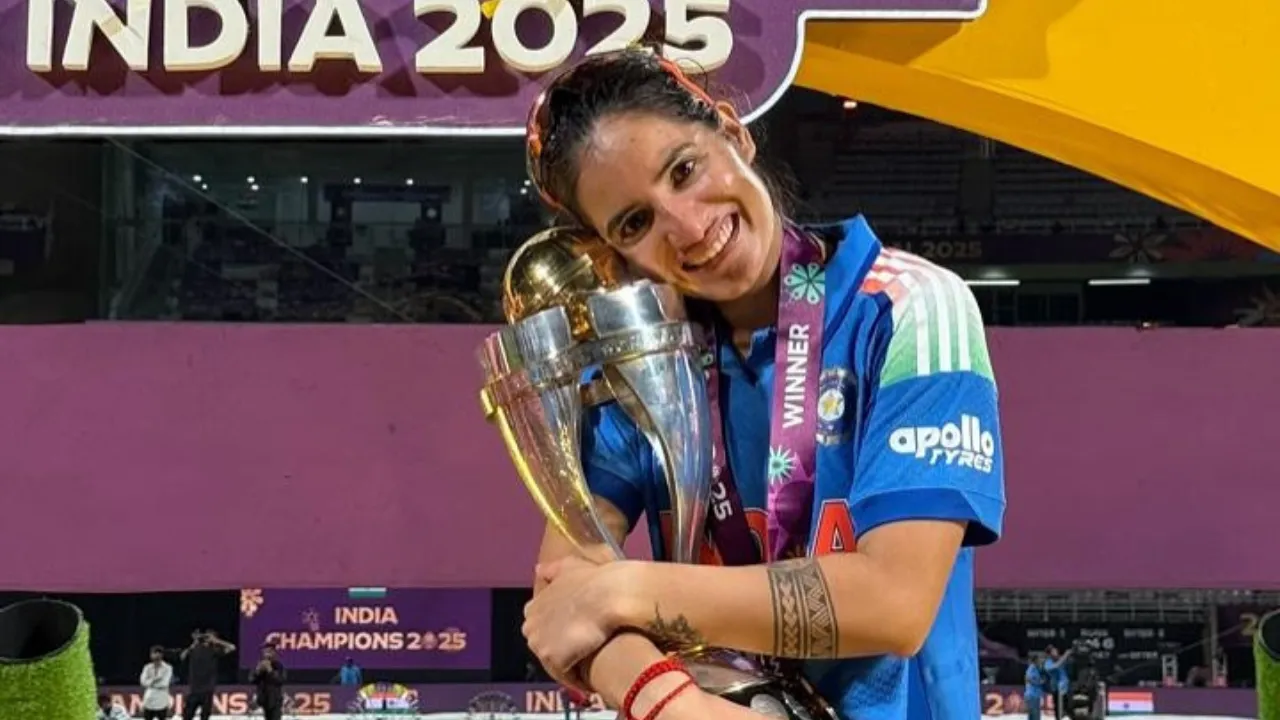






“You can’t do that after 10 balls”: Kumble slams Rishabh Pant’s dismissal